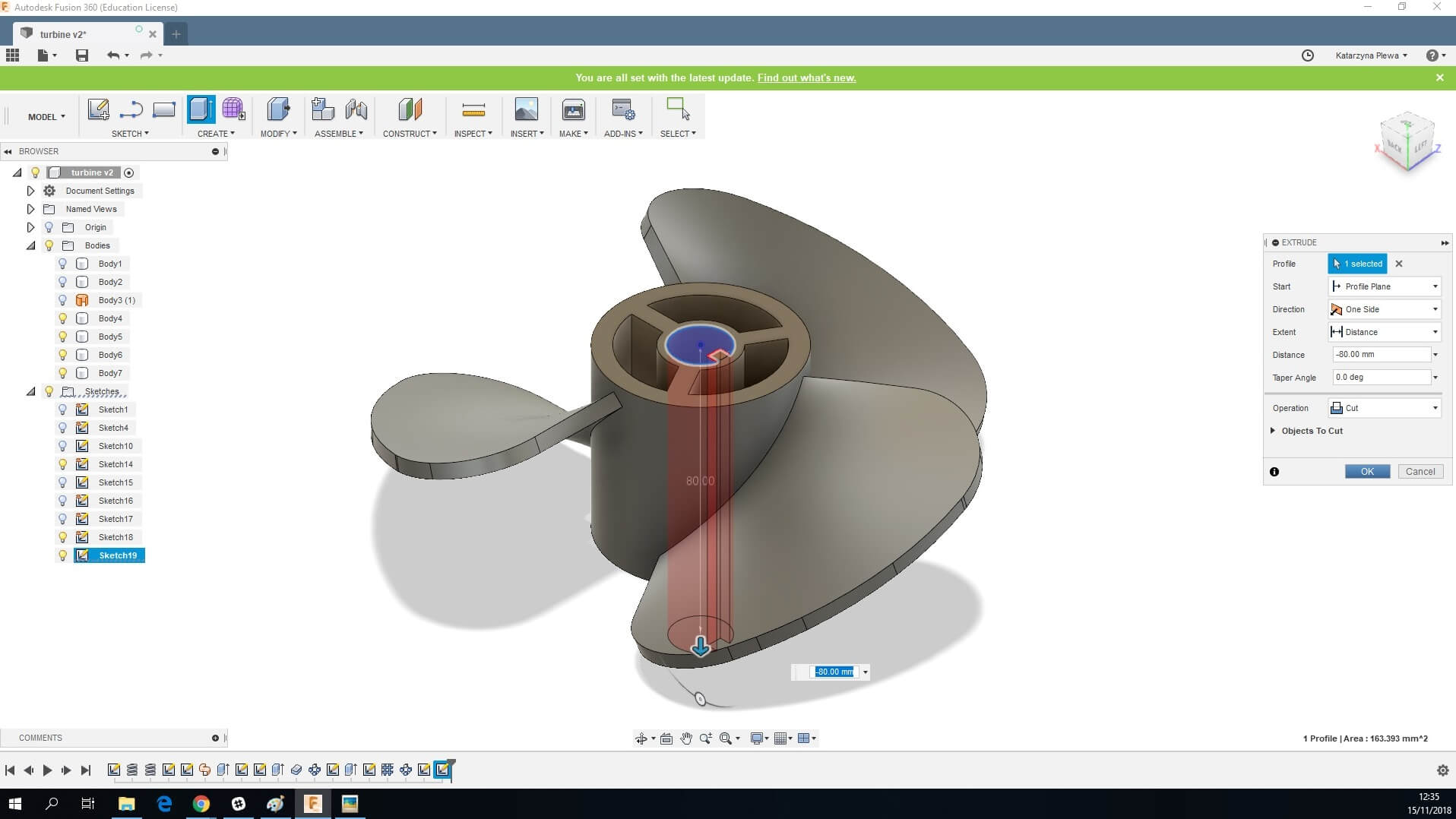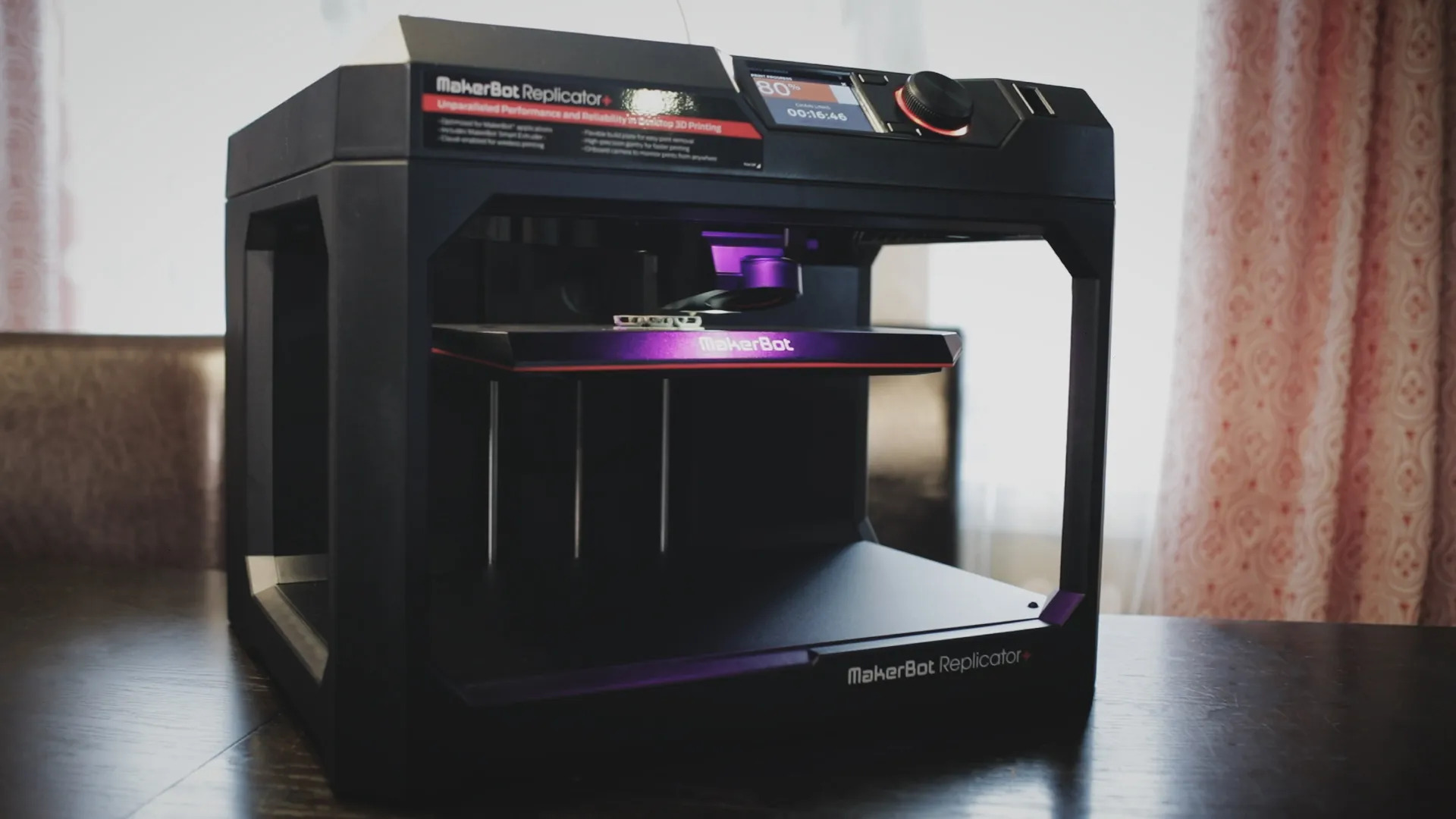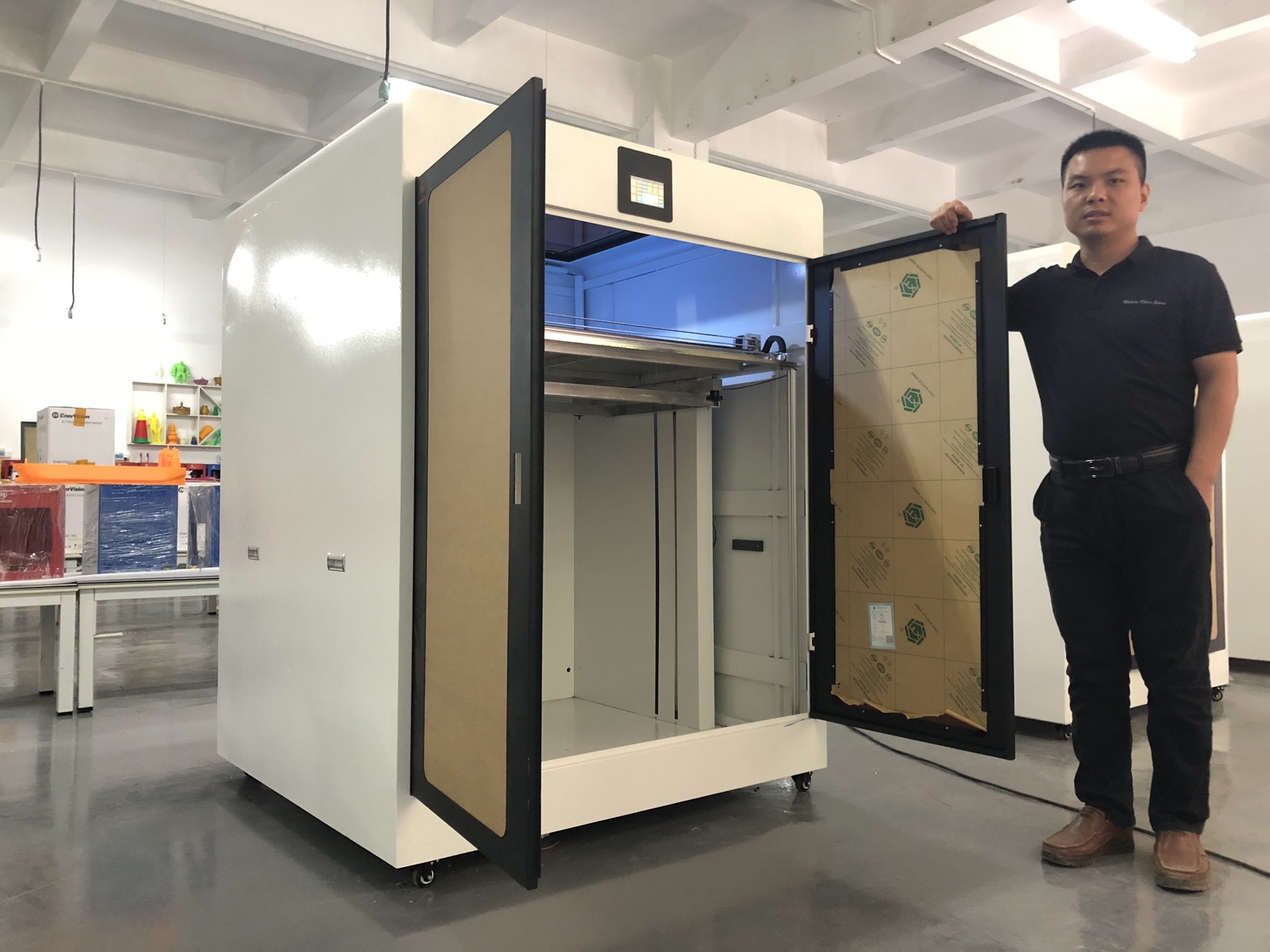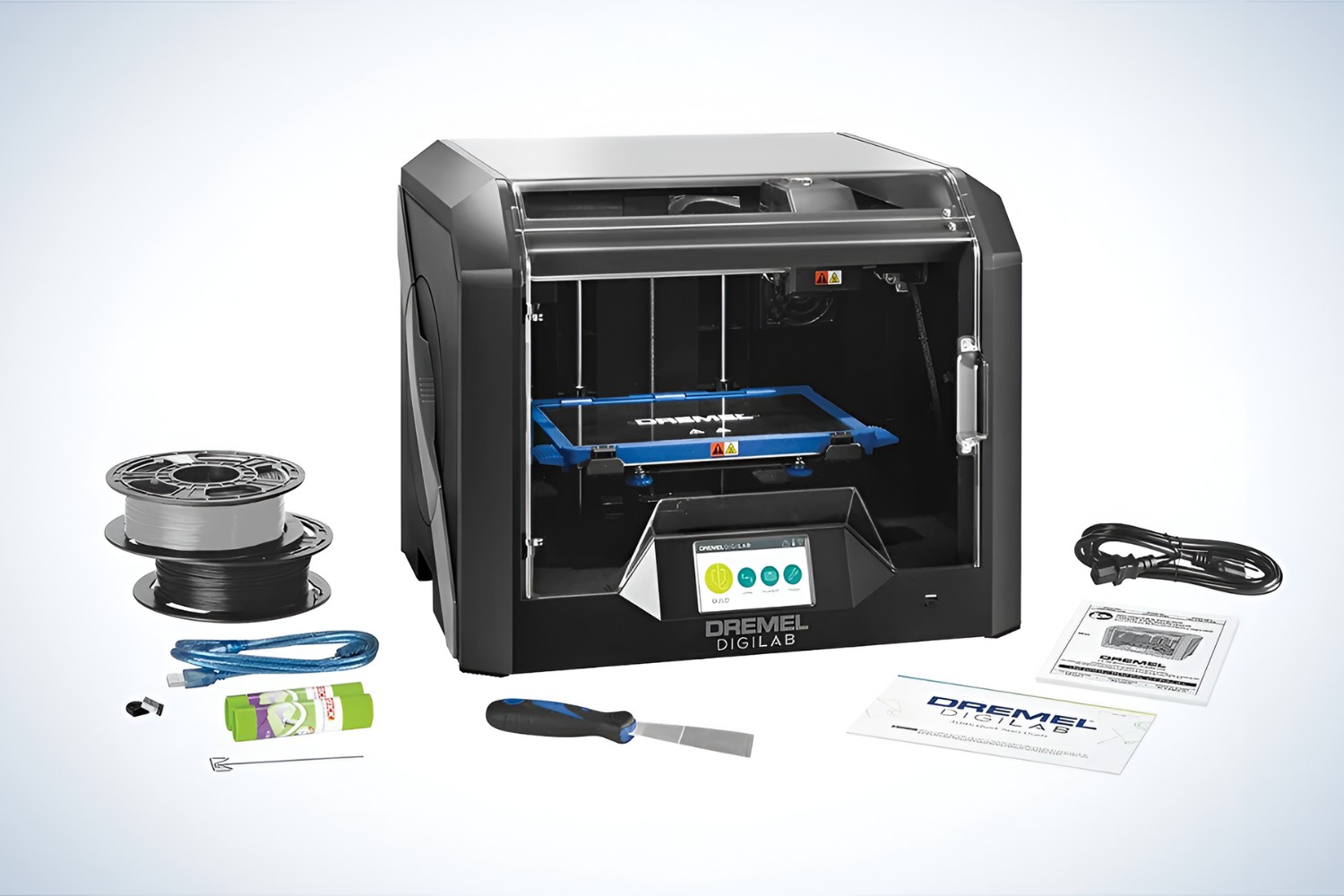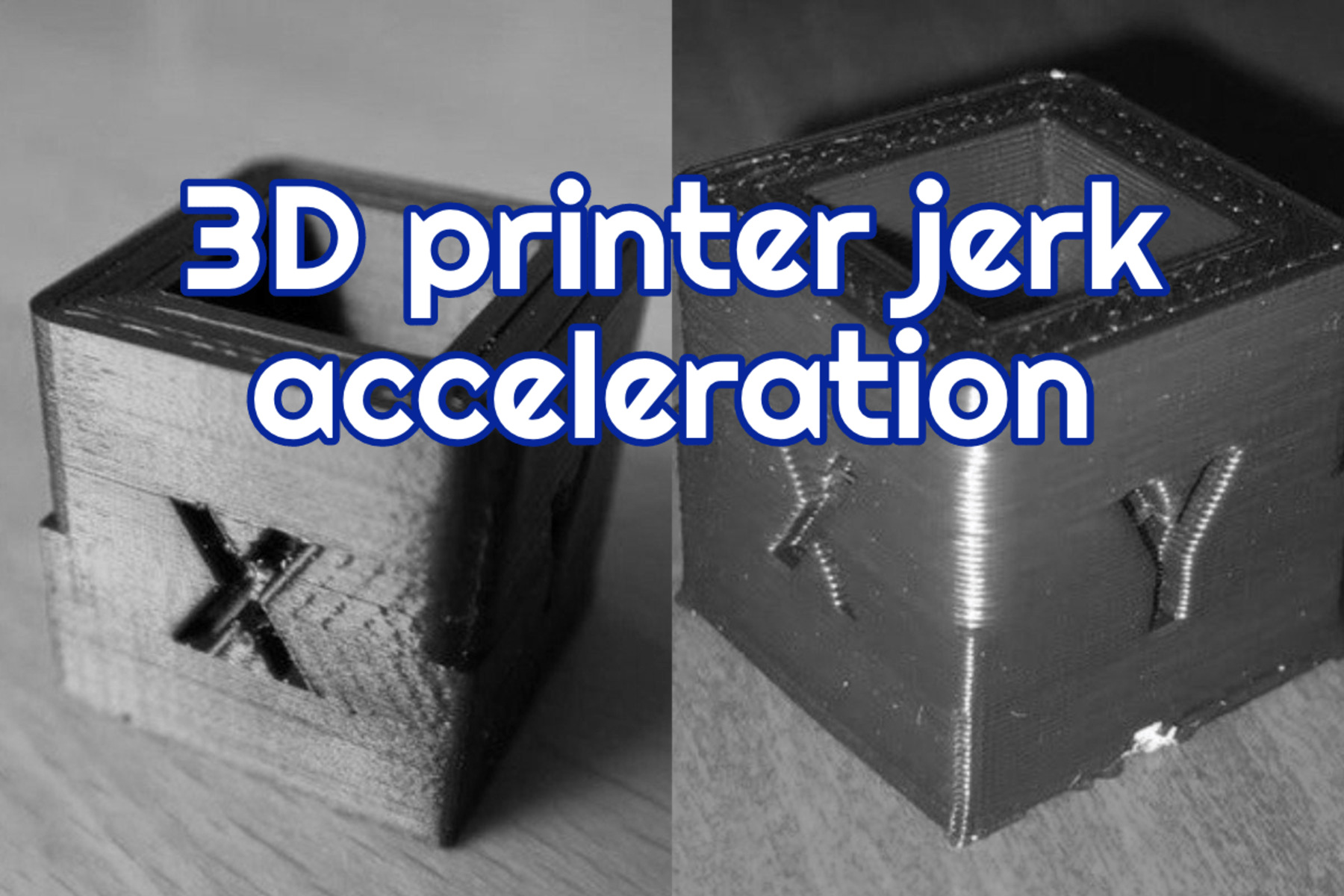Introduction
3D printing has revolutionized the world of manufacturing, design, and prototyping. With the ability to bring digital designs to life, this technology has opened up endless possibilities for businesses and individuals alike. However, behind every successful 3D print is powerful software that drives the process.
3D printer software plays a crucial role in transforming your digital designs into physical objects. It acts as the backbone of the entire 3D printing workflow, enabling you to slice, edit, and prepare your designs for printing. But with numerous options available in the market, it can be overwhelming to choose the best software for your needs.
In this article, we will explore the world of 3D printer software and guide you through the process of selecting the best one. Whether you are a professional designer, hobbyist, or entrepreneur, understanding the key features and types of 3D printer software will empower you to optimize your printing process.
But before we dive into the different software options, let’s distinguish between software and hardware when it comes to 3D printing. While the hardware refers to the physical components of the 3D printer, such as the printer itself and the filament, the software encompasses the digital tools that control the printer and generate the instructions for creating the object.
Choosing the right software is crucial in ensuring efficient and accurate printing. Factors such as ease of use, compatibility, features, and support are vital in making an informed decision. So, let’s explore these factors in more detail and understand the types of 3D printer software available in the market.
Software vs Hardware
When it comes to 3D printing, it’s important to understand the distinction between software and hardware. While both play essential roles in the process, they serve different functions and require separate considerations.
Hardware refers to the physical components of the 3D printer, including the printer itself, the extruder, the build plate, and the filament. These components work together to bring your digital designs into the physical world. When choosing a 3D printer, you need to consider factors such as build volume, print speed, resolution, and material compatibility.
On the other hand, software refers to the digital tools and programs that control and optimize the 3D printing process. It acts as the interface between your design files and the physical printer. The software allows you to prepare, modify, and slice your 3D models, converting them into the necessary instructions for the printer to create the object layer by layer.
Choosing the right 3D printer software is just as important as selecting the right hardware. The software you use can significantly impact the quality of your prints, the ease of use, and the range of features available to you. It can also affect the compatibility with different file formats, the level of customization, and the overall workflow efficiency.
While some 3D printers come with their own software that is specifically designed for that particular hardware, you often have the option to choose third-party software that provides more advanced capabilities. The advantage of using third-party software is the potential for broader compatibility, enhanced features, frequent updates, and a larger user community for support and troubleshooting.
Ultimately, the success of your 3D printing projects relies on finding the right balance between hardware and software. The hardware determines the physical capabilities of your printer, while the software controls the digital aspects of the printing process. Both factors are equally important, and understanding their roles will help you make informed decisions when it comes to investing in 3D printing technology.
Factors to Consider
When choosing the best 3D printer software, there are several factors that you need to consider. These factors will help you determine the software that aligns with your specific needs and requirements. Here are some key factors to keep in mind:
1. Ease of Use: User-friendliness is crucial, especially if you’re new to 3D printing. Look for software that has an intuitive interface, clear instructions, and easy navigation. An uncomplicated workflow will save you time and frustration.
2. Compatibility: Ensure that the software you choose is compatible with your 3D printer and any other hardware you plan to use. Check for the supported file formats, as well as any specific printer requirements, to ensure seamless integration.
3. Features and Functionality: Consider the range of features offered by the software. Look for functionalities such as model editing, automatic mesh repair, support generation, and customizable settings. Advanced features like multi-material printing or the ability to simulate print results can be valuable for more complex projects.
4. Support and Documentation: Look for software that offers comprehensive documentation, tutorials, and a responsive support system. Having access to a knowledgeable community or dedicated customer support can be invaluable when you encounter issues or have questions about the software.
5. Open Source vs. Proprietary: Decide whether you prefer open-source or proprietary software. Open-source software is developed collaboratively by a community of users and often provides more flexibility, customization, and compatibility with a wide range of printers. Proprietary software, on the other hand, is created and supported by a specific company, which can offer more stability and dedicated support.
6. Cost: Consider your budget when selecting 3D printer software. Some software options are free or offer a basic version at no cost, while others require a subscription or upfront purchase. Evaluate the value for money based on the features, support, and performance of the software.
By carefully considering these factors, you can make an informed decision when it comes to choosing the best 3D printer software for your specific needs. Keep your printing goals and priorities in mind, and don’t hesitate to test out different software options to find the one that suits you best.
Types of 3D Printer Software
There are different types of 3D printer software available in the market, each catering to specific needs and preferences. Understanding the various types can help you choose the software that aligns with your requirements. Here are the main types of 3D printer software:
1. Slicing Software: Slicing software is a fundamental type of software used in 3D printing. It takes your 3D model and divides it into layers, generating the necessary toolpath and instructions for the printer. Slicing software allows you to adjust print settings, supports, and orientation, ensuring optimal print quality and efficiency.
2. CAD Software: Computer-Aided Design (CAD) software enables you to create and modify 3D models. CAD software is commonly used by designers, engineers, and artists to create intricate and precise designs. Some CAD software options also include slicing capabilities, providing an all-in-one solution.
3. Mesh Repair Software: Mesh repair software fixes issues with 3D models that may hinder successful printing. It repairs mesh errors, such as non-manifold geometry or intersecting surfaces, ensuring that the model is watertight and suitable for printing.
4. Modeling Software: Modeling software is used for creating 3D models from scratch. This software is often more beginner-friendly and intuitive than CAD software, making it ideal for hobbyists and those new to 3D design. Modeling software may not offer advanced features found in CAD software but can still produce impressive results.
5. Slicer plugins/extensions: Some slicing software allows for plugins or extensions that provide additional functionalities. These plugins can add features like custom supports, advanced layer settings, or integration with specific hardware. They offer flexibility and customization options for users.
6. Firmware/Printer-specific software: Some 3D printers come with their own proprietary software or firmware. These software packages are specifically designed to work seamlessly with the corresponding printer models. While they may offer limited features compared to other software options, they often provide a smooth and hassle-free printing experience.
Each type of software has its own strengths and specializations. Depending on your needs and level of expertise, you may find that a combination of different software types is best suited for your 3D printing projects. Experimenting with different software options will help you discover the ones that align with your workflow and deliver the desired results.
Key Features to Look for
When evaluating 3D printer software options, it’s important to consider the key features that are essential for an optimal printing experience. Here are some of the key features to look for in 3D printer software:
1. File Format Compatibility: Ensure that the software supports the file formats you commonly use for 3D designs. Look for software that can import and export files in formats such as STL, OBJ, or STEP, as these are standard file types in the 3D printing industry.
2. Advanced Tools for Model Preparation: Look for software that provides tools to prepare your 3D models for printing, such as automatic mesh repair, customizable support generation, and model editing capabilities. These tools help optimize your design for successful printing.
3. Flexible Print Settings: The software should offer a wide range of customizable print settings, such as layer height, infill density, print speed, and temperature. This flexibility allows you to achieve the desired print quality and strength for your specific project.
4. Preview and Simulation: A useful feature to look for is the ability to preview and simulate the print process. This allows you to visualize how the layers will be printed, identify potential issues, and make adjustments before starting the actual print.
5. Multi-Material and Multi-Color Printing: If you plan to work with multiple materials or create multi-color prints, ensure that the software supports these features. Some advanced software options allow you to assign different materials or colors to different parts of your model, enabling complex and visually appealing prints.
6. Customizability and Plug-ins: Check if the software allows customization through plug-ins or extensions. This allows you to tailor the software to your specific needs and integrate additional features or functionality that may not be available out of the box.
7. User Community and Support: Consider the size and involvement of the software’s user community. A thriving community can provide valuable resources, tutorials, and support forums where you can seek help or share your experiences with fellow users.
8. Regular Updates and Maintenance: Look for software that is regularly updated and supported by the developers. Regular updates ensure that the software remains compatible with new technologies and offers bug fixes and feature enhancements over time.
By prioritizing these key features, you can ensure that the 3D printer software you choose is well-equipped to meet your specific printing needs and enhance your overall workflow.
Top 3D Printer Software Options
There are several excellent 3D printer software options available in the market that cater to a range of needs and preferences. Let’s explore some of the top software options that are widely used and highly regarded by 3D printing enthusiasts:
1. Ultimaker Cura: Ultimaker Cura is a popular slicing software known for its user-friendly interface and extensive features. It offers advanced settings for customization, supports a wide range of 3D printers, and provides useful tools for model preparation. Ultimaker Cura also has a large and active online community for support and resources.
2. PrusaSlicer: PrusaSlicer, developed by Prusa Research, is a powerful open-source slicing software tailored for Prusa 3D printers. It delivers high-quality prints and allows for advanced customization. PrusaSlicer offers features like variable layer height, support for multiple materials, and multi-color printing.
3. Autodesk Fusion 360: Autodesk Fusion 360 is a comprehensive CAD software that also integrates slicing capabilities. It offers a wide range of tools for 3D modeling, precise design modifications, and seamless slicing for direct printing. Fusion 360 is a favorite among professional designers and engineers for its versatility and advanced features.
4. Simplify3D: Simplify3D is a popular commercial slicer known for its powerful and intuitive interface. It provides advanced slicing options, extensive customization settings, and excellent support for multi-material and multi-color printing. Simplify3D is compatible with a wide range of 3D printers and is appreciated for its reliable print quality.
5. OctoPrint: OctoPrint is a unique software option that serves as a print server for remote control and monitoring of 3D printers. It allows you to control and monitor your printer remotely through a web browser, making it convenient for managing prints from any location. OctoPrint also offers plugins for additional functionality and customization.
6. TinkerCAD: TinkerCAD is a web-based modeling software suitable for beginners and hobbyists. It provides a user-friendly interface and intuitive tools for designing simple 3D models. While TinkerCAD may not have advanced features like other software options, it is a great starting point for those new to 3D design.
These are just a few examples of the top 3D printer software options available today. It’s important to evaluate your specific requirements, consider your budget, and explore these software options to find the one that best suits your needs and enhances your 3D printing experience.
Conclusion
Choosing the right 3D printer software is key to achieving excellent print results and maximizing your overall 3D printing experience. Whether you’re a professional designer or a hobbyist, considering essential factors such as ease of use, compatibility, features, and support will help you make an informed decision.
Understanding the distinction between software and hardware is crucial. While hardware refers to the physical components of the 3D printer, software acts as the digital tool that controls and optimizes the printing process. Both hardware and software work together to ensure successful prints.
When evaluating 3D printer software options, it’s important to assess their compatibility with your printer, the range of features they offer, and the level of support and documentation available. Open-source and proprietary software both have their advantages, and it’s important to determine which suits your needs and preferences.
Consider the different types of 3D printer software available, such as slicing software, CAD software, mesh repair software, modeling software, and printer-specific software. Each type serves a specific purpose and caters to different user requirements and skill levels.
Look for key features in 3D printer software, including file format compatibility, advanced tools for model preparation, flexible print settings, preview and simulation capabilities, multi-material and multi-color printing support, customizability, and a strong user community for support and resources.
Some top 3D printer software options include Ultimaker Cura, PrusaSlicer, Autodesk Fusion 360, Simplify3D, OctoPrint, and TinkerCAD. These software options provide various features and functionalities to cater to different user needs.
In conclusion, investing time and effort into selecting the best 3D printer software for your specific needs is a critical step in optimizing your 3D printing process. With the right software, you can unlock the full potential of your 3D printer, unleash your creativity, and bring your digital designs to life with precision and efficiency.







